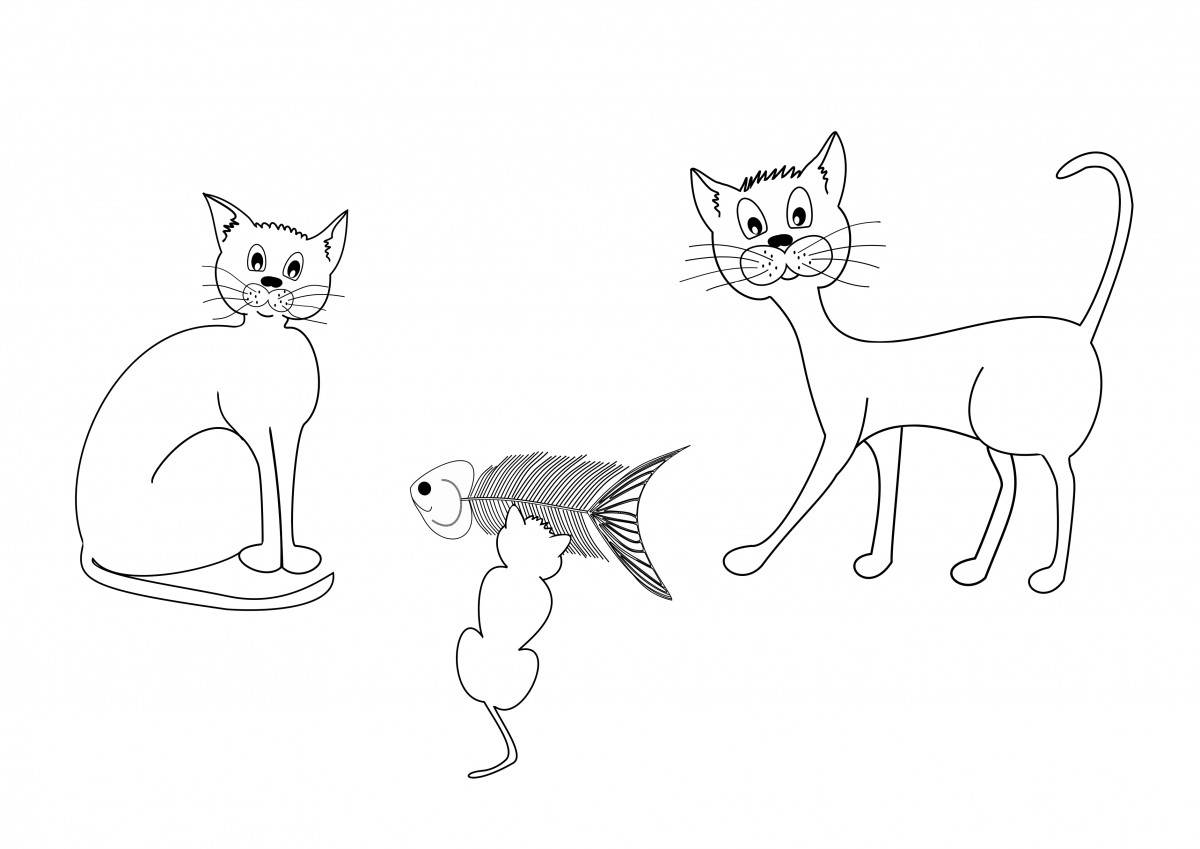
As a dog person, I’m lucky that I don’t have to stress too much about what my furbabies are eating. Of course, Huey gets delicious, hand-crafted, well-balanced dinners tailored to fuel his growing body—but I’m sure in a pinch he’d make a meal out of, say, a dead squirrel and half a birthday cake and would enjoy it thoroughly! But cats are a bit different, as Benji, our family’s resident cat person reports: One of his girls has gone off her regular prescription kibble, and the only thing tempting her back is lacing it with a tuna-based, Go-Gurt style tube treat. (She’s fine by the way, just asserting her dominance…)
But why do Jane, and her sister Esmeralda—and all cats really—go absolutely crackers for the taste of tuna? It seems a weird choice for a creature that evolved from desert-dwelling ancestors. Well, science has found the answer, and it has everything to do with the culinary world’s favourite concept. It turns out that cats have unique, highly specialized receptors in their tastebuds that pick up umami, that savoury flavour present in aged cheeses, mushrooms, and lots and lots of meat. They discovered cats’ genetic umami predilection in a recent experiment.
“Genetic sequencing revealed [the] taste buds expressed both the Tas1r1 and Tas1r3 genes—the first time scientists showed that cats have all the molecular machinery needed to detect umami.
When the researchers compared the protein sequences encoded by these genes with those of humans, however, they found a striking difference: Two critical sites that allow the human receptor to bind to glutamic and aspartic acid—the main amino acids that activate umami taste in people—were mutated in cats. ‘So I began thinking, maybe cats can’t taste umami,’ [Waltham Petcare Science Institute researcher Scott] McGrane says.
To double-check, he and his team engineered cells to produce the cat umami receptor on their surface. They then exposed the cells to a variety of amino acids and nucleotides. The cells did respond to umami—but with a twist. In people, the amino acids bind first and the nucleotides amplify the response. But in cats, the nucleotides activated the receptor, and the amino acids further boosted it, McGrane says.”
So cats have an ultra-umami detection capability, that the researchers likened to humanity’s notorious sweet tooth. Further confirmation experiments, which involved dosing water with amino acids and nucleotides and seeing if cats preferred it to plain water, revealed the test cats loved bowls with histidine and inosine monophosphate. Both of those compounds are found in high levels in, you guessed it, tuna!
So Benji now has science backing his kitty’s capricious behaviour, and—like all cat people, I’m sorry to say—he’s just going to have to roll with it. Huey and I will be over here, snacking on randomness and having a ball!